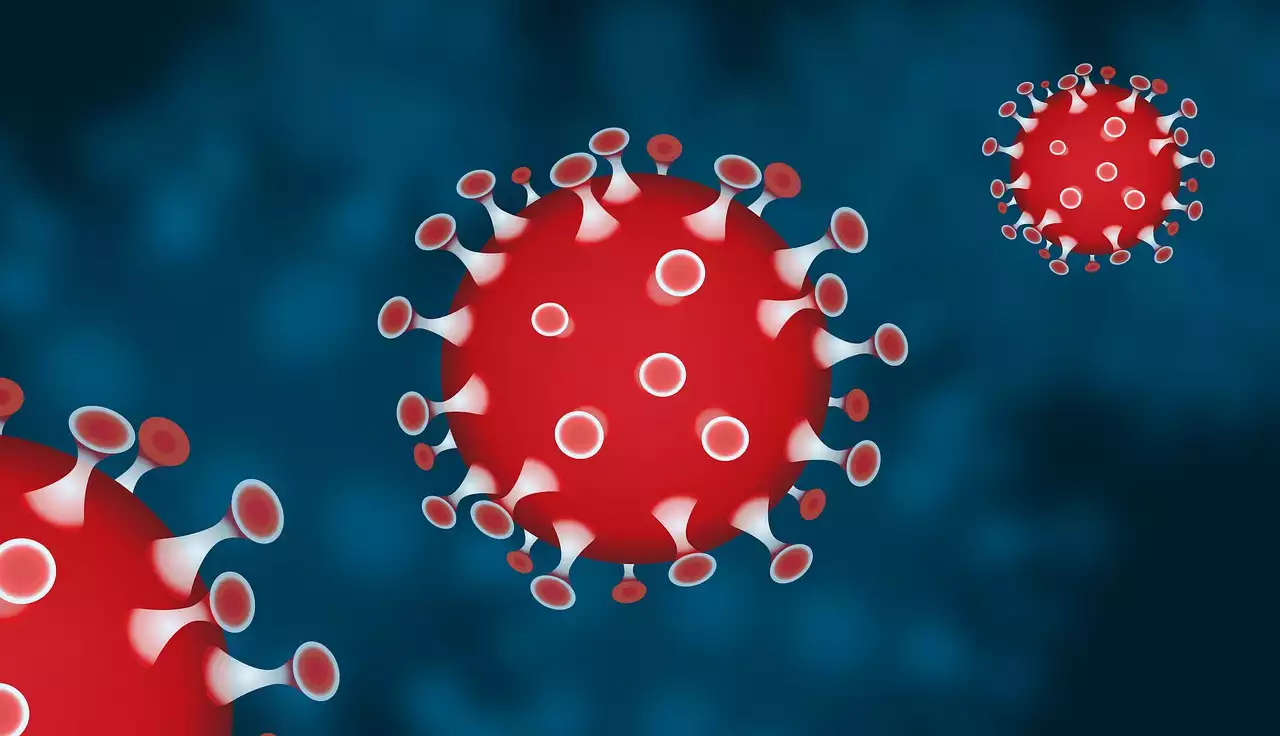The immune system is instrumental in defending our body against foreign intruders, such as viruses and parasites. An efficient defence requires a high number of different immune cells. The immune system must also be able to recognize “self” from “non-self”, so that an appropriate response is triggered only when needed. These restrictions make the human body a privileged environment for pathogens but at the same time create several anatomical and physiological barriers that limit their access to or proliferation within the human host.
The skin and mucous membranes as the first line of defence
The skin and mucous membranes are the first lines of defence against the entrance of pathogens into the body. The skin is the outermost barrier, which is particularly resistant to bacteria and parasites. The outermost layer of the skin, the stratum corneum, is impenetrable to bacteria due to the strong intercellular bonds that prevent bacteria from entering the dermis. The dermis is a hypoxic environment, which makes it unfavourable for the growth of bacteria. Dermal cells are also rich in proteases that destroy foreign proteins such as the bacterial cell wall. Glands in the skin produce sweat and sebum that are antimicrobial and also provide a hydrophobic barrier that prevents the adhesion of bacteria. The mucous membranes of the nose and mouth have a very high bacteria permeability. This is also the case for the gastrointestinal tract, which is a highly permeable luminal barrier due to the large surface area and the fact that bacteria are actively transported across it by peristaltic movements. The intestinal epithelial cells are therefore equipped with tight junctions that prevent the passage of large macromolecules and harmful bacteria. The tight junctions in the intestinal epithelium are regulated by the autonomic nervous system, which also triggers the reflex expulsion of bacteria after ingestion by contracting the diaphragm, abdominal muscles and peristaltic movements.
The respiratory and gastrointestinal tract as a second barrier
The respiratory and gastrointestinal tract are the next barriers of the human body to protect it against pathogens. The respiratory tract has a ciliated mucosal lining that is able to trap dust, bacteria and viruses. The mucus on the mucosal lining traps large pathogens and is expelled with the help of peristaltic movements. Intestinal bacteria are mostly killed by the acidic pH of the stomach. Gastric proteases also break down the bacterial cell wall and kill the bacteria. Hydrochloric acid (HCl) inhibits bacterial growth. Intestinal macrophages are the main immune cells of the GI tract, whereas intestinal epithelial cells are equipped with Toll-like receptors that recognize pathogen-associated molecular patterns (PAMP) and trigger the release of pro-inflammatory cytokines. Gastrointestinal reflexes also play a role in stimulating the immune response. The gastrocolic reflex induces peristaltic movements after a meal, which increase the passage of macromolecules and bacterial antigens from the gastrointestinal tract into the blood.
Humoral Immunity
Humoral immunity is the first line of defence against pathogens. It is mediated by antibodies, which are produced by B-cells. B-cells are activated when they recognize pathogen-associated molecular patterns (PAMP) on their surface through their B-cell receptor. The most important PAMP are bacterial lipopolysaccharide (LPS), bacterial peptidoglycans and viral nucleic acids. B-cells are activated during the innate immune response, whereas T-cells are activated during the adaptive response. B-cells are either resting B-cells or plasma cells. Plasma cells produce antibodies in an inactive form, which is activated when the B-cell is destroyed. Immunoglobulins comprise five different classes: IgA (immunoglobulin A), IgG (immunoglobulin G), IgM (immunoglobulin M), IgD (immunoglobulin D) and IgE (immunoglobulin E). Immunoglobulins are found in mucosal fluids, blood and immune and lymphoid tissues. They protect the body from pathogens by neutralizing pathogens, opsonizing them and inducing agglutination. Immunoglobulins are also important in transplantation, where the risk of infection is high. Complement proteins are also part of humoral immunity. They are activated by the classical pathway in the presence of antibodies and PAMPs. The complement system consists of over 30 proteins that interact with each other to form an immune cascade. The main function of the complement system is to eliminate pathogens, including bacteria and viruses.
Cellular immunity T-cells, macrophages and dendritic cells
T-cells are crucial for the adaptive immune response. They recognize pathogen-associated molecular patterns (PAMP) and self-antigens. Macrophages are a crucial immunity cell type. Their recognition capacity is broad but their response capacity is limited. They recognize pathogens through pathogen-associated molecular patterns (PAMP) such as bacterial LPS and peptidoglycans, viral proteins, nucleic acids and melanin. Macrophages are activated by CD4+ T-cells and can differentiate into M1 (classical) macrophages, which secrete pro-inflammatory cytokines, or M2 (alternative) macrophages, which secrete anti-inflammatory cytokines.
Conclusion
The human body is a privileged environment for pathogens and is protected by an efficient immune system. Several anatomical and physiological barriers create a hostile environment for microbes and pathogens. The first line of defence is the skin and mucous membranes, which trap and expel pathogens. The respiratory and gastrointestinal tract are the next barriers and are protected by immunoglobulins and complement proteins. Lastly, T-cells, macrophages and dendritic cells are the main cellular immunity cells that kill pathogens directly.


 Saving the Tough Conversations for Therapy
Saving the Tough Conversations for Therapy
 How to Treat Narcolepsy and Sleep Apnea Disorder
How to Treat Narcolepsy and Sleep Apnea Disorder Don't be too hard on yourself
Don't be too hard on yourself What is an Innate Immune System?
What is an Innate Immune System? The Relation of Inflammation to the Immune System
The Relation of Inflammation to the Immune System Exploring the Adaptive Immune System
Exploring the Adaptive Immune System A look at Target Cell Lysis
A look at Target Cell Lysis